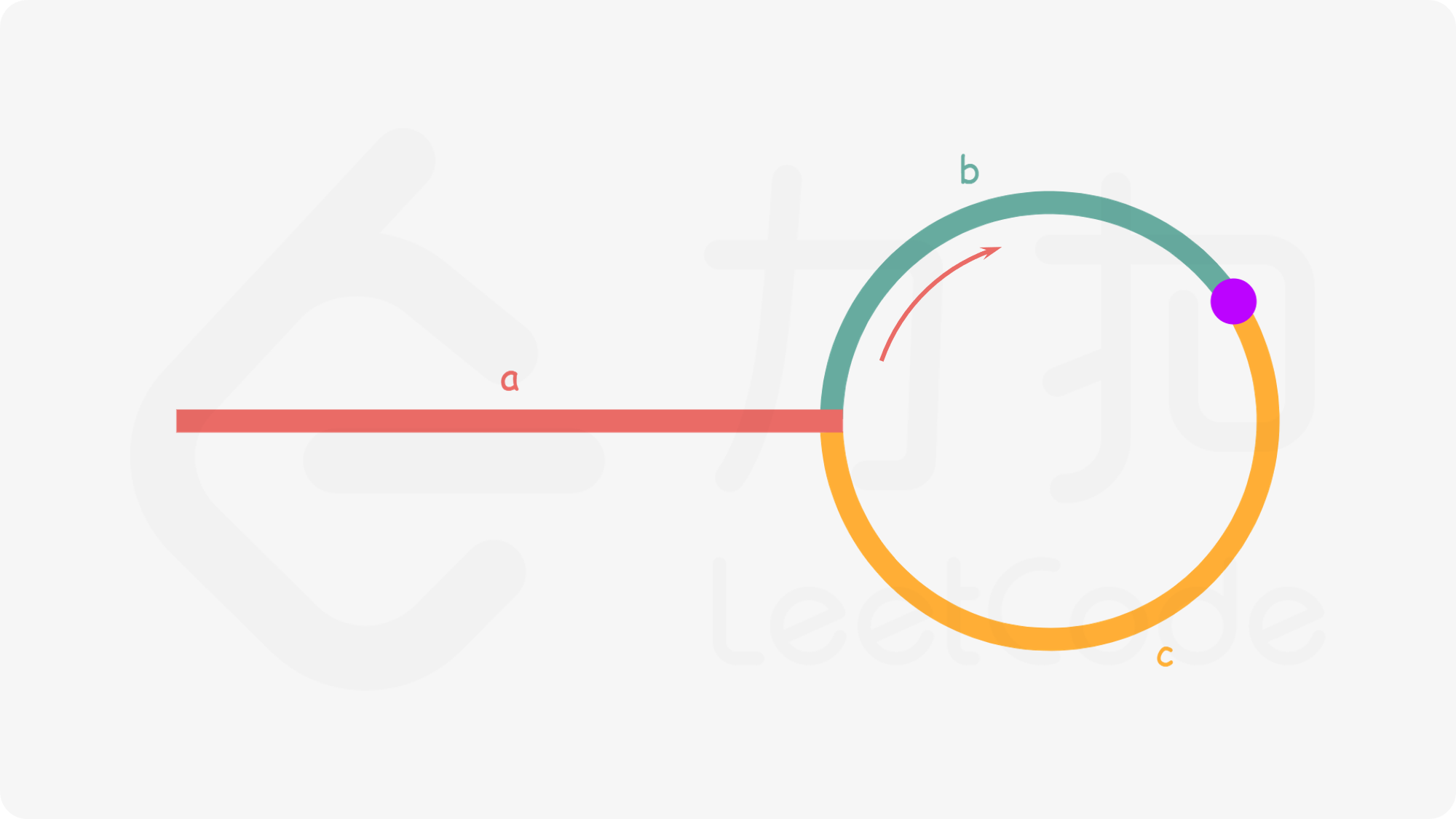1
2
3
4
5
6
7
8
9
10
11
12
13
14
15
16
17
18
19
20
21
22
23
24
25
26
27
28
29
30
31
32
33
34
| class Solution {
public List<String> letterCombinations(String digits) {
List<String> ret = new ArrayList<>();
if(digits.equals("")) return ret;
char[][] bin = new char[8][0];
bin[0] = new char[]{'a', 'b', 'c'};
bin[1] = new char[]{'d', 'e', 'f'};
bin[2] = new char[]{'g', 'h', 'i'};
bin[3] = new char[]{'j', 'k', 'l'};
bin[4] = new char[]{'m', 'n', 'o'};
bin[5] = new char[]{'p', 'q', 'r', 's'};
bin[6] = new char[]{'t', 'u', 'v'};
bin[7] = new char[]{'w', 'x', 'y', 'z'};
backtracking(ret, new StringBuffer(), bin, digits, 0);
return ret;
}
private void backtracking(List<String> ret, StringBuffer sb, char[][] bin, String digits, int i){
if(sb.length() == digits.length() ){
ret.add(sb.toString());
return;
}
for(char c : bin[digits.charAt(i)-'2']){
sb.append(c);
backtracking(ret, sb, bin, digits, i+1);
sb.delete(sb.length()-1, sb.length());
}
}
}
|

